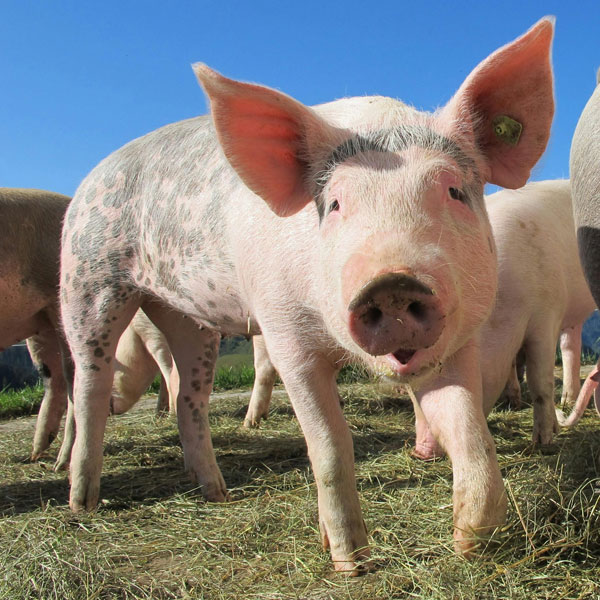Scientists successfully grow human hearts in pig embryos

[A standard pig. Photo Credit: Pexels]
In June 2025, scientists successfully cultivated human hearts in pig embryos, which survived for 21 days.
This marks a major significant breakthrough in xenotransplantation, which is the process of growing or transplanting animal organs into humans.
The results were presented at the International Society for Stem Cell Research conference held in Hong Kong on the 11th of June.
The team, led by Lai Liangxue of the Guangzhou Institutes of Biomedicine and Health, hopes this could one day help alleviate the global organ shortage.
To achieve this, researchers genetically disabled two pig genes essential for heart development.
They then introduced enhanced human stem cells into the embryos at the morula stage, which is an early stage in development, just days after fertilization.
The embryos were implanted into surrogate pigs, and after three weeks, researchers observed beating hearts the size of a human fingertip, even more impressively, these hearts showed rhythmic contractions, indicating early functionality.
To monitor progress, the human cells were tagged with a luminescent marker and were found within the heart tissue.
This marks the first time human-pig hybrid embryos developed hearts with observable human cellular activity and rhythmic beating.
It’s not yet confirmed what percentage of the heart was made up of human cells.
In Lai’s previous research , back when they studied kidneys, between 40–60% of the tissue was derived from human cells.
Experts at the conference expressed cautious optimism.
Experts remarked that they would need to verify whether the heart cells were truly human and that the luminescent human cells only appeared in limited parts of the heart.
For the hearts to be viable for future transplantation, they would need to be composed almost entirely of human cells to avoid rejection.
Although this pivotal achievement has drawn some criticism, the ultimate goal is to grow transplantable human organs inside animals as this would help address the critical shortage of organs for transplant.
In terms of organ transportation, time is critical.
Hearts, for example, must be transplanted within 4 to 6 hours of removal.
Using animals as hosts for human organs would eliminate this timing constraint altogether..
Pigs are in fact ideal candidates because of their similar organ size and function.
However, in the past, xenotransplants failed due to immune system rejection.
This began to change in 1993 when surgeon David Cooper discovered a molecule on pig cells that triggered rejection.
With advances in CRISPR and gene editing, scientists have since removed this molecule and suppressed pig viruses.
As global organ transplant needs are not met, the demand for a new source of organs is urgent.
If successful, organs grown in pigs could become a regular solution to organ shortages.
Despite the excitement surrounding the success of this experiment, it has also sparked ethical debates.
One concern is that the idea of mixing human cells with animals raises issues about animal welfare and blurred species boundaries.
Some experts fear cells could integrate with unintended parts of the animal like the brain or reproductive organs.
This could result in human-like traits for animals, raising moral questions.
Researchers like Lai emphasize that the human cells were indeed targeting the heart tissue, not any other organs.
Even so, critics still argue that current technology does not fully control where human cells end up in the animal.
Animal rights organizations have also raised concerns about the ethics of breeding animals for the sole purpose of organ harvesting.
Ultimately, the scientific community needs more time to evaluate whether this could be a viable solution to a global problem, or something based in science fiction without any applications.
While the technology could save thousands of lives, many experts in the field agree that clear ethical limits need to be set before this science moves toward clinical use.

- Gyuhyeong Park / Grade 11
- Global Vision Christian School

![THE HERALD STUDENT REPORTERS [US]](/assets/images/logo_student_us.png)
![THE HERALD STUDENT REPORTERS [Canada]](/assets/images/logo_student_ca.png)
